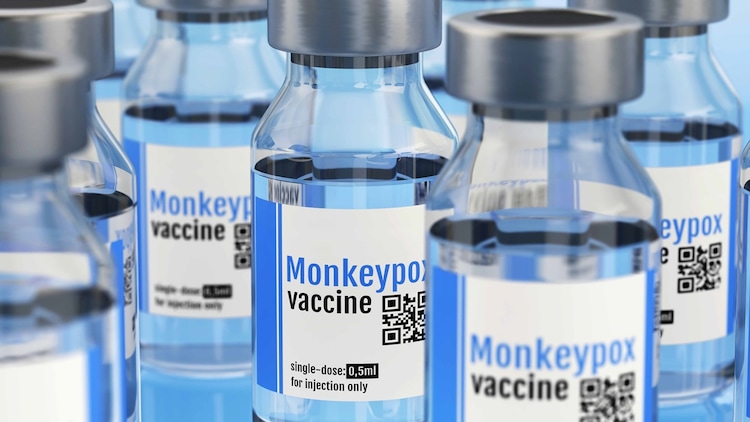Mpox declared global emergency: How this virus attacks the human body
The MPox virus, formerly known as monkeypox, is a zoonotic disease caused by the monkeypox virus (MPXV), part of the Orthopoxvirus genus.

The World Health Organisation has declared ampox a global public health emergency for the second time in two years, as an outbreak of the viral infection in the Democratic Republic of Congo has spread to neighbouring countries.
WHO Director-General Tedros Adhanom Ghebreyesus was advised by an emergency committee on whether the disease outbreak constituted a “public health emergency of international concern”, or PHEIC.
What is Mpox?
The MPox virus, formerly known as monkeypox, is a zoonotic disease caused by the monkeypox virus (MPXV), part of the Orthopoxvirus genus.
The virus is endemic to forest regions of western and central Africa, but has recently caused global outbreaks in non-endemic countries.
The ampoxvirus can spread from animals to humans and between humans. Animal-to-human transmission occurs through direct contact with the blood, bodily fluids or lesions of infected animals, often rodents or non-human primates.
What happens after infection?
Human-to-human transmission occurs primarily through skin lesions, respiratory droplets, or direct contact with contaminated material such as bedding. The virus can enter the body through broken skin, the respiratory tract, or mucous membranes.
Once inside the body, the virus replicates in the cytoplasm of host cells. Infection typically begins with flu-like symptoms, including fever, headache, and muscle aches, followed by a distinctive rash that progresses from macules to pustules and crusts over two to four weeks.
Although the disease usually resolves on its own, severe cases can occur, especially in children or immunocompromised individuals.
A look at history
The first human case of ampox was reported in 1970 in the Democratic Republic of the Congo following a possible zoonotic exposure.
The virus was first identified in monkeys in 1958, hence its original name “monkeypox.” The exact animal source has not yet been identified, but rodents are suspected to play an important role in spreading the infection to humans.
The World Health Organization (WHO) has declared ampox a global health emergency due to its rapid spread, particularly in Africa.

A new variant emerged
In 2024, a new variant, clade Ib, emerged in the Democratic Republic of the Congo and spread to neighbouring countries, including Burundi, Kenya, Rwanda, and Uganda.
The variant is known for its high contagiousness and has contributed to a significant increase in cases, with more than 17,000 cases and 517 deaths reported in Africa this year alone.
The global response to the ampox outbreak includes efforts to enhance surveillance, vaccination, and treatment strategies. The WHO has approved emergency use listing for ampox vaccines to facilitate access in low-income countries.
Despite the challenges, international cooperation aims to contain the virus and prevent its further spread.
As the situation evolves, public health officials continue to monitor the outbreak and implement measures to protect vulnerable populations and prevent future epidemics

Is there a vaccine for ampox?
The modified vaccinia Ankara-Bavarian Nordic (MVA-BN) vaccine, marketed under various names such as JNEOS, Imvammune, and Imvanex, is the only vaccine approved by the US Food and Drug Administration (FDA) and the European Medicines Agency (EMA) for the prevention of ampox.
The MVA-BN vaccine is a third-generation, non-replicating smallpox vaccine. It was initially developed for the prevention of smallpox, but has been approved for ampox because of genetic similarities between the two viruses belonging to the Orthopoxvirus genus.
The Centers for Disease Control and Prevention (CDC) recommends the MVA-BN vaccine for individuals who are at increased risk of exposure to ampox. This includes people who have been exposed to the virus or are at risk of exposure due to specific risk factors, such as certain sexual behaviors.





